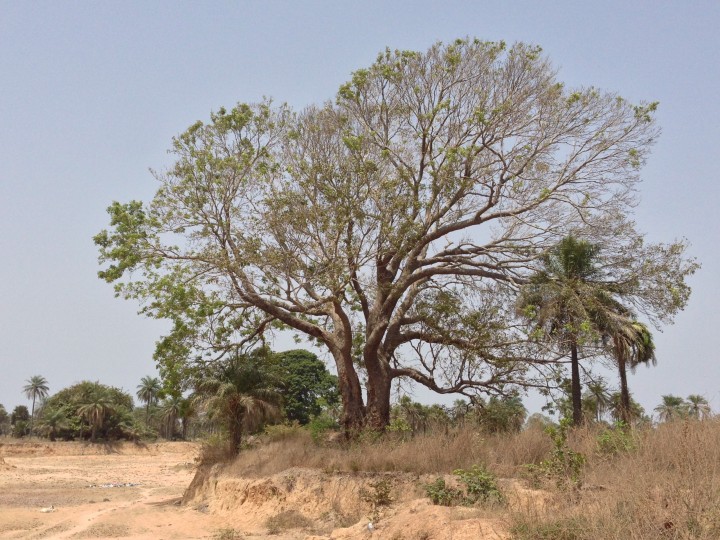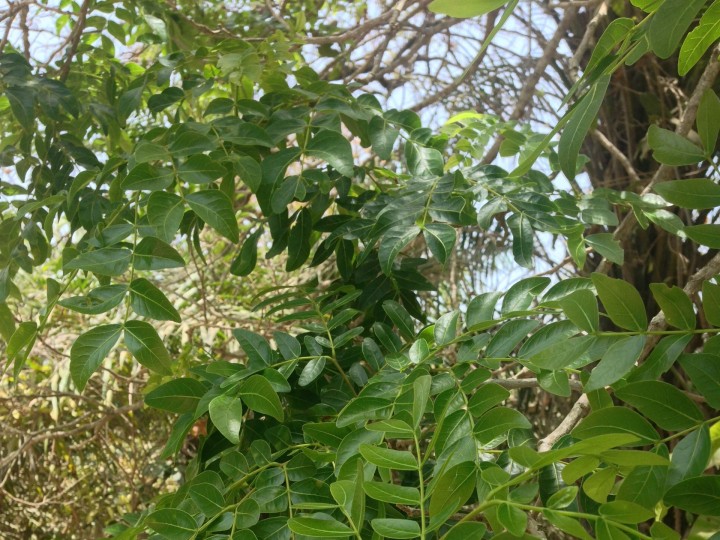Linké tree
Posted 28.10.2018 by Team Ecofund - View commentsDescription
Linké, as it is known locally in Wolof, also known by its scientific name, Afzelia Africana, is a species of the Caesalpiniaceae family and of the Afzelia genus. Native to West Africa, this tree grows in the Sudanese savannahs and also in tropical forests, from Senegal to Uganda and Tanzania. In Casamance the species is more present in the protected forests of Kalounaye and Tendouk. The tree can reach 20m in height. Its trunk is often without branches on its lower half. The young plants are vulnerable to fire and often get eaten by cattle. Linké, which is also called African mahogany, is so popular on the international market that the species has become endangered in many regions.
Uses
The seeds are added to wheat flour and eaten, but only in small amounts. They are mostly pressed to produce aromatic oil for the cosmetics industry. They are also used as pawns in some games, like the game of awalé. The bark is a remedy against paralysis, constipation and it is also used for veterinary treatments. The pulp of the fruit cools down fever and is a traditional remedy against leprosy. The leaves treat oedema (fluid retention). Linké wood is waterproof and resistant to termites: for these reasons, it is used to build pirogues and is very popular among craftsmen.
Did you know…
Linké seeds often serve as talismans in maraboutage practices (magic practices).



